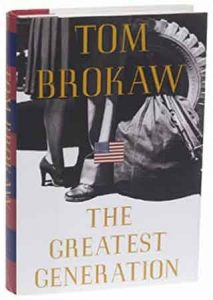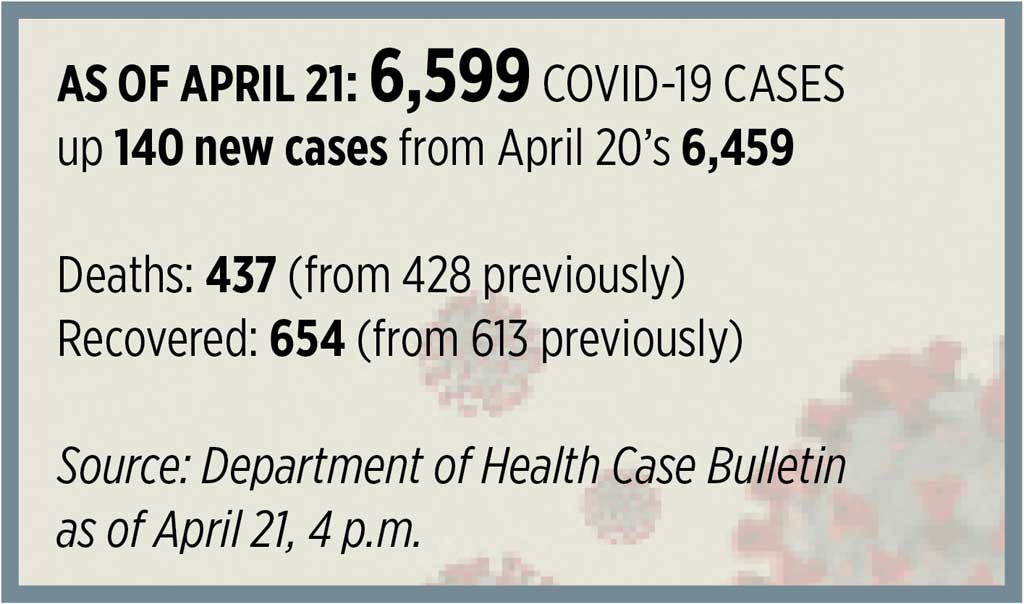The world has a $2.5 Trillion problem. Here’s how to solve it.
By Maitreesh Ghatak, Xavier Jaravel, and Jonathan Weigel
THE CORONAVIRUS has not yet exploded in the developing world, but poor countries are already suffering from the pandemic. Their economies have been battered by lockdowns, falling commodity prices, declining remittances, and unprecedented capital flight. Some $100 billion has fled emerging markets since January, five times more than in the 2008 crash.
This will only compound the coming health crisis. Most countries in sub-Saharan Africa, for example, have fewer ICU beds than a single American hospital. This means they must “flatten the curve” even further to avoid their health systems being overwhelmed. Yet social distancing is all but impossible for people living on the margins of subsistence.
Developing countries need resources to combat the twin health and economic shocks. They need cash to buy medical equipment and to aid distressed firms and destitute households. But where will governments find these funds? Many already face debt crises, ruling out further borrowing. Even fast-growing economies are in trouble: Ghana and Ethiopia, averaging 5% to 6% growth in the past decade, now face insolvency. Middle-income countries like Turkey and South Africa are also on the brink.
Rich countries must help or face economic meltdowns from Pakistan to Peru. Failure to act wouldn’t just lead to a series of chaotic defaults and disrupt international supply chains as companies are shuttered the world over. It would also be a humanitarian catastrophe.
While some countries have postponed debt repayments and created swap lines to increase lending, it is a far cry from the $2.5 trillion the United Nations estimates is needed to respond to the coronavirus pandemic in the developing world.
Some hope the International Monetary Fund will step in, calling for it to provide liquidity by dramatically expanding its “special drawing rights,” perhaps by a factor of four. That’s a good idea, but it will be too little, too late. The United States, with veto power over such a move, opposes the idea, which would give all countries more liquidity. It prefers the alternative: having countries seek help one by one from the IMF or Federal Reserve, which can then pick the beneficiaries of their largesse.
More important, the IMF makes loans, not grants. But in this crisis, the developing world needs direct and immediate transfers, rather than ways to merely spread costs over time. IMF loan packages would take too long to put in place in all of the countries in need. Such loans would also be too small in magnitude, especially for insolvent countries that already worry creditors. Moreover, grants directly improve solvency and thus do more to restore investor confidence and curb capital flight. Saddling emerging markets with more debt now would also discourage future investment and stifle the global recovery.

Some officials — mostly in creditor nations — warn that grants create moral hazard and encourage profligacy. That may be true in normal times, but it is absurd to suggest that helping countries in a pandemic will lead them to take pandemics less seriously in the future.
The truth is, the IMF is ill equipped to rapidly transfer resources earmarked for the pandemic response. What the world needs now is on the order of the Marshall Plan: a fund to transfer resources immediately to the developing world on a massive scale. We like to call it a Global Solidarity Fund (GSF).
Countries able to borrow cheaply would take a GSF pledge to commit 1% of their gross domestic product to a trust dedicated to the global pandemic response. Initially, funds would be channeled through existing emergency mechanisms: the United Nations’ Global Humanitarian Response, the World Health Organization’s Health Emergencies Program and the World Bank’s Pandemic Emergency Financing Facility. Relief could begin flowing immediately.
Who could realistically create the GSF and start contributing? With the United States bereft of leadership and China skeptical of multilateralism, Europe must lead the way. Britain and France can borrow funds over 10 years essentially for free. Germany can get paid by financial markets to issue bonds. As other nations recover, they should make a GSF pledge, too. Philanthropists could also contribute to the fund. If all G7 countries and China committed 1% of GDP, it would raise $650 billion. This sum, combined with $1 trillion in debt forgiveness and $1 trillion in liquidity from IMF special drawing rights, as the United Nations has called for, would bring the $2.5 trillion target within reach.
As the GSF grows, under the leadership of early contributors, it could make discretionary grants, as the Global Fund to Fight AIDS, Tuberculosis and Malaria does. For instance, it could support nongovernmental organizations using mobile money to transfer cash directly to households, providing both immediate relief and local economic stimulus.
The GSF could also purchase ventilators, N95 masks, and — soon, we hope — therapeutics and vaccines for countries in need. Rich countries must begin sharing, not hoarding, medical resources after their own epidemics peak.
Some rich countries will probably refuse to share, fearing a second wave of infections. But such fears will become a self-fulfilling prophecy, as the virus would surely find its way north again if permitted to lay ruin to the south. The developed world cannot heal if the rest of the world is in critical care.
A failure to combat the looming crisis in the developing world would cost hundreds of thousands of lives and damage the world economy for years. Barriers between countries would rise, and the fruits of globalization would wither. Renewed commitment to multilateralism and global solidarity is the safest path forward — for all of us.
THE NEW YORK TIMES
Maitreesh Ghatak, Xavier Jaravel, and Jonathan Weigel are professors at the London School of Economics.





